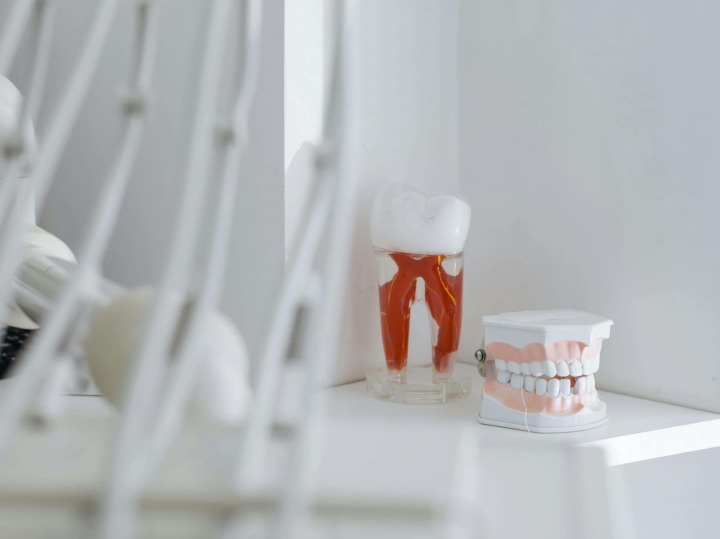Types of Dental Implants
Dental implants come in a variety of materials and styles to suit different needs. The most common types are:
- Titanium implants - This is the most widely used material for dental implants. Pure titanium is biocompatible, integrating well with bone through a process called osseointegration. Titanium implants are strong, durable and last for decades.
- Zirconia implants - For those with metal allergies, zirconia provides a metal-free option. Zirconia is a ceramic that is tooth-colored but just as strong as metal. The main downside is risk of fracture.
- Mini implants - For patients with minimal bone density, mini implants can be a solution. They are thinner and shorter than standard implants, requiring less bone. They are best used to stabilize loose dentures.
- All-on-4 implants - This technique uses four implants to support an entire set of replacement teeth. It's a cost-effective option compared to implanting each tooth individually.
- Same-day implants - Some dental providers place the implant and temporary crown immediately after extraction. This expedites treatment but has a higher failure rate.
The shape and style of the implant's artificial root can also vary. Most are cylindrical or tapered, but root-form implants mimic the shape of natural tooth roots for a more anatomical fit. The implant crown attached to the root also comes in many natural-looking styles and materials.
Implant Procedure
Getting dental implants installed is a multi-step process that requires careful planning and execution by your dentist. Here are the main steps involved:
- Initial Consultation - This appointment is focused on assessing your oral health, determining if you are a good candidate for implants, taking x-rays and impressions, and discussing a treatment plan. Your dentist will evaluate the health of your jawbone and ensure you have enough bone density for the implants.
- Bone Grafting (if needed) - If your dentist determines your jawbone is not dense enough to support implants, you may need a bone graft. This builds up the jawbone so it can securely hold the implants. Bone can be taken from elsewhere in your body or synthetic bone substitutes may be used. This extends treatment time.
- Incision and Placement - During this minor surgery, your dentist will make incisions in your gums and drill holes into the jawbone at the implant sites. The titanium posts will be inserted and secured in the jawbone. Stitches may be used to close the incisions.
- Healing and Osseointegration - It takes 3-6 months for the jawbone to fuse completely with the implant surface through a process called osseointegration. This creates a strong, durable foundation for the artificial teeth. Temporary dentures may be worn during healing.
- Abutment and Restoration - Once healed, a connector post called an abutment is attached to each implant. Impressions are taken and final restorations like crowns, bridges, or dentures are custom-made and secured on the abutments. This completes the implant restoration process.
- Follow-Up Care - Your dentist will schedule follow-up visits to monitor your implants, oral health, and any needed adjustments. Proper hygiene and care is vital for long-term implant success.
